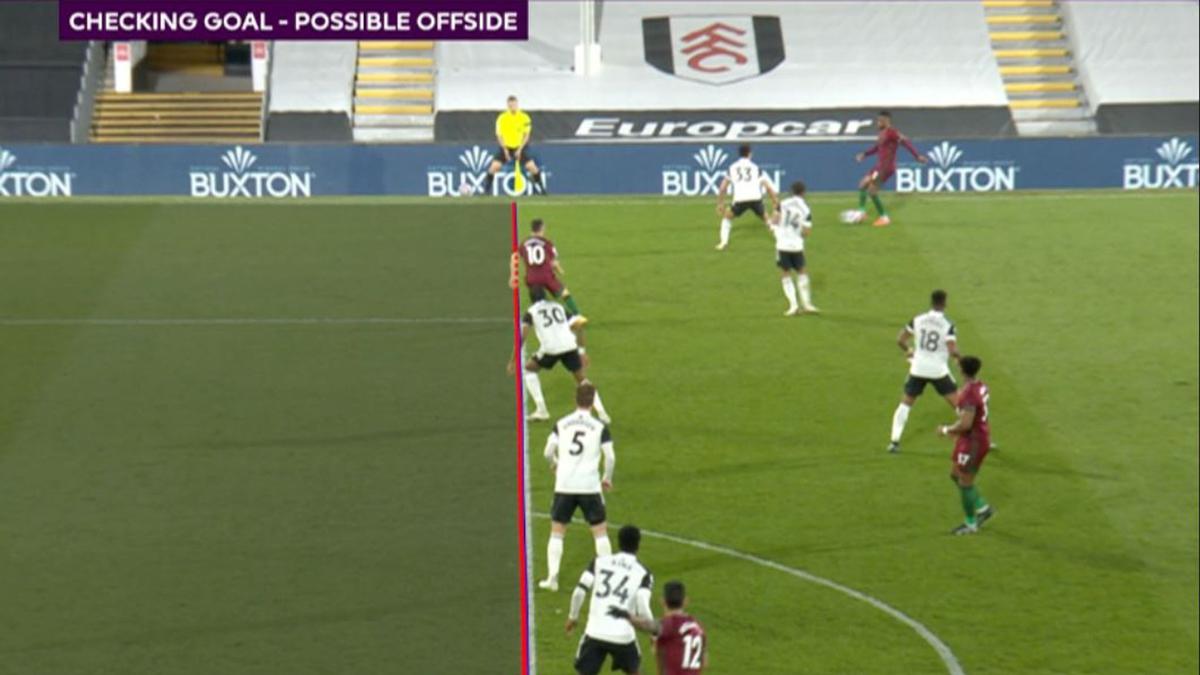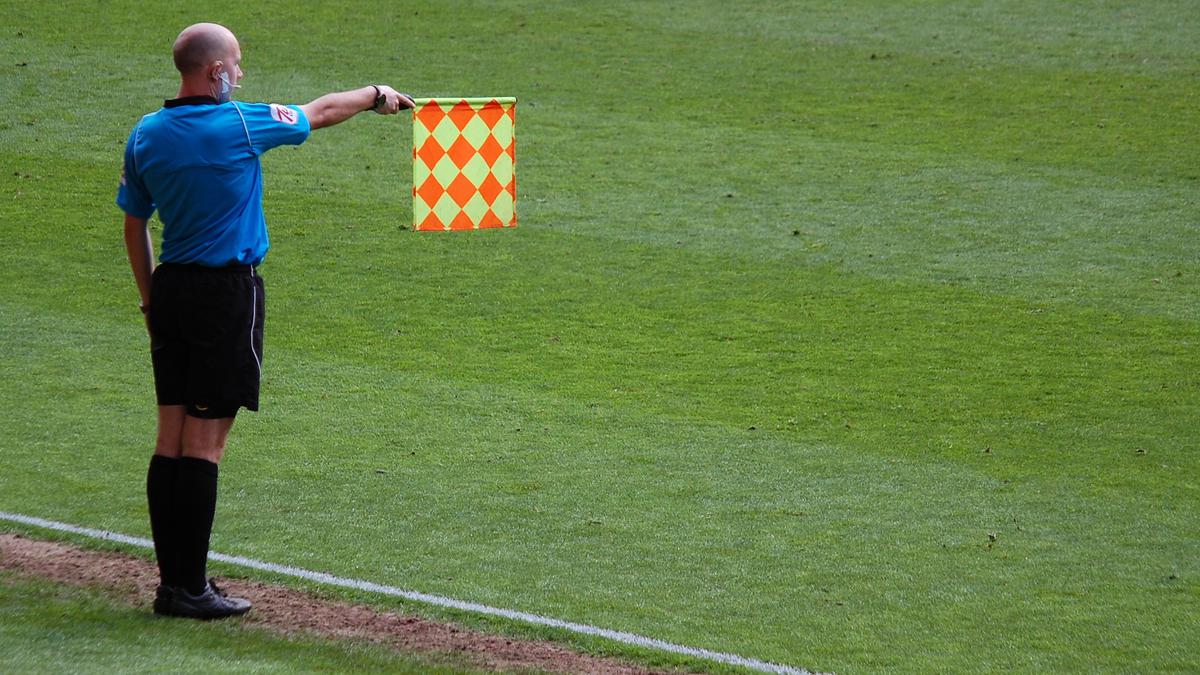Explained | What are the new changes to football’s offside rule as proposed by Arsene Wenger?

A football linesman raises his flag to call a player offside. FIFA is said to trial a significant change to the offside rule. Image for representation only.
| Photo Credit: Getty Images
The story so far: Football‘s global governing body FIFA is set to trial a change to the offside rule. According to the proposal put forward by former Arsenal manager Arsene Wenger, who is now FIFA’s Chief of International Football Development, a player would be offside only when their entire body is ahead of the last defender’s line.
The current rule as mandated by the International Football Association Board’s (IFAB) Law 11.1 says that a player is judged offside, if (a) any part of the head, body or feet is in the opponent’s half, and (b), any part of the head, body or feet is nearer to the opponent’s goal line than both the ball and second-last opponent (not the goalkeeper).
Is Wenger’s new rule necessary?
In 2018, the introduction of the Video Assistant Referee (VAR) was supposed to aid on-field decisions with its replay technology and multiple camera angles, but the accuracy of this system has proved to be a double-edged sword.

A screenshot of a Video Assistant Referee review of an offside incident in a Premier League between Fulham and Wolverhampton Wanderers.
| Photo Credit:
Courtesy: Premier League
At first, lines drawn by the VAR gave rise to many conflicting incidents. In 2019, Liverpool Football Club’s forward Roberto Firmino’s goal against Aston Villa in a home Premier League game was disallowed due to his arm being in an offside position while the rest of the player’s body appeared to be onside. Even the league’s social media handle called the decision an ‘armpit offside’. Then, in June 2021, the Professional Game Match Officials Limited (PGMOL) chaired by referees’ chief Mike Riley convened to agree on using a thicker line to help avoid such problematic situations.
A few years later, in an effort to improve accuracy of decisions, the 2022 Qatar World Cup saw FIFA champion the ‘Semi-Automated Offside Technology’. It employed a combination of data picked up from a sensor placed inside the official World Cup balls along with a network of the ‘Hawk-Eye’ cameras inside the stadiums. This helped match officials make clearer offside decisions, forgoing the need for repeated replays.
Also Read | How FIFA is using SAOT for offside decisions
But this technology, too, was operating with the fine margins of the existing offside rule. Defenders tactically advanced up the field in their defensive halves, dragging the attackers away from goals. Most notably at the Qatar World Cup , striker Lautaro Martinez of Argentina had his goal controversially disallowed in their group-stage loss to Saudi Arabia, because the VAR erroneously judged his shoulder and armpit to be offside, when in fact on closer observation, the armpit seems to be onside
‘More offensive football’: How FIFA plans to implement the change
“There’s been many a goal where the margin for error is so small and that is offside. It takes away that instant moment of scoring a goal that’s one of the best feelings you’ll ever feel in football,“ said England striker and captain Harry Kane in a 2021 interview with Gary Neville on the podcast The Overlap. The proposed change will benefit forwards like Kane, who would love the idea of not being harshly penalised for an offside shoulder or toe.
Arsene Wenger — whose other ideas of 60-minute matches and the biennial football World Cup have not find much traction — has found himself a major promoter for his proposed offside rule in FIFA president Gianni Infantino. “It [the new offside rule] is being studied because we want football to be more attacking every day. In 135 years of history, it [the offside rule] has only been changed twice. Arsene Wenger has presented us with one possibility, which is that there is no offside if the striker is in an offside position, but a part of the body with which you can score a goal is in line with the defence. In this way, we would have a much more offensive football,” explained Infantino to the Spanish sports daily Marca.
Reportedly, Mr. Arsene Wenger has discussed the plan with all concerned parties before submitting the idea to IFAB. This version of the offside rule is set to be tested in the coming weeks in competitions that will be held in Italy and Sweden, among other countries, before it is introduced in more globalised leagues.
For all the latest Sports News Click Here
For the latest news and updates, follow us on Google News.

